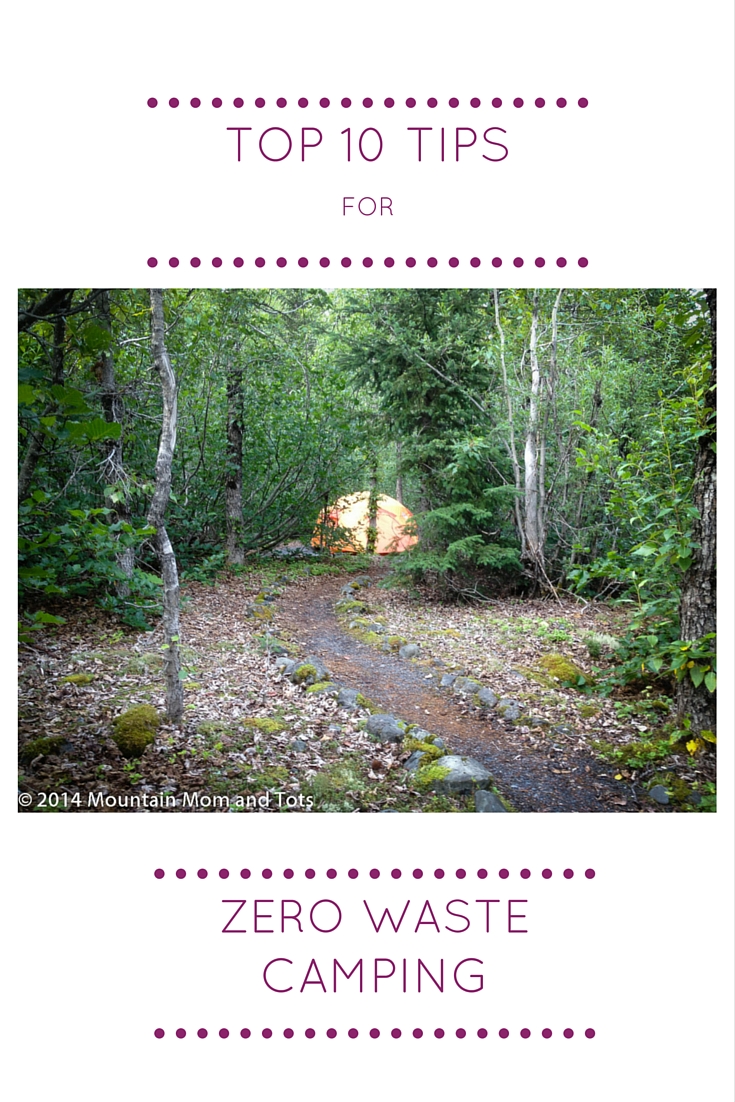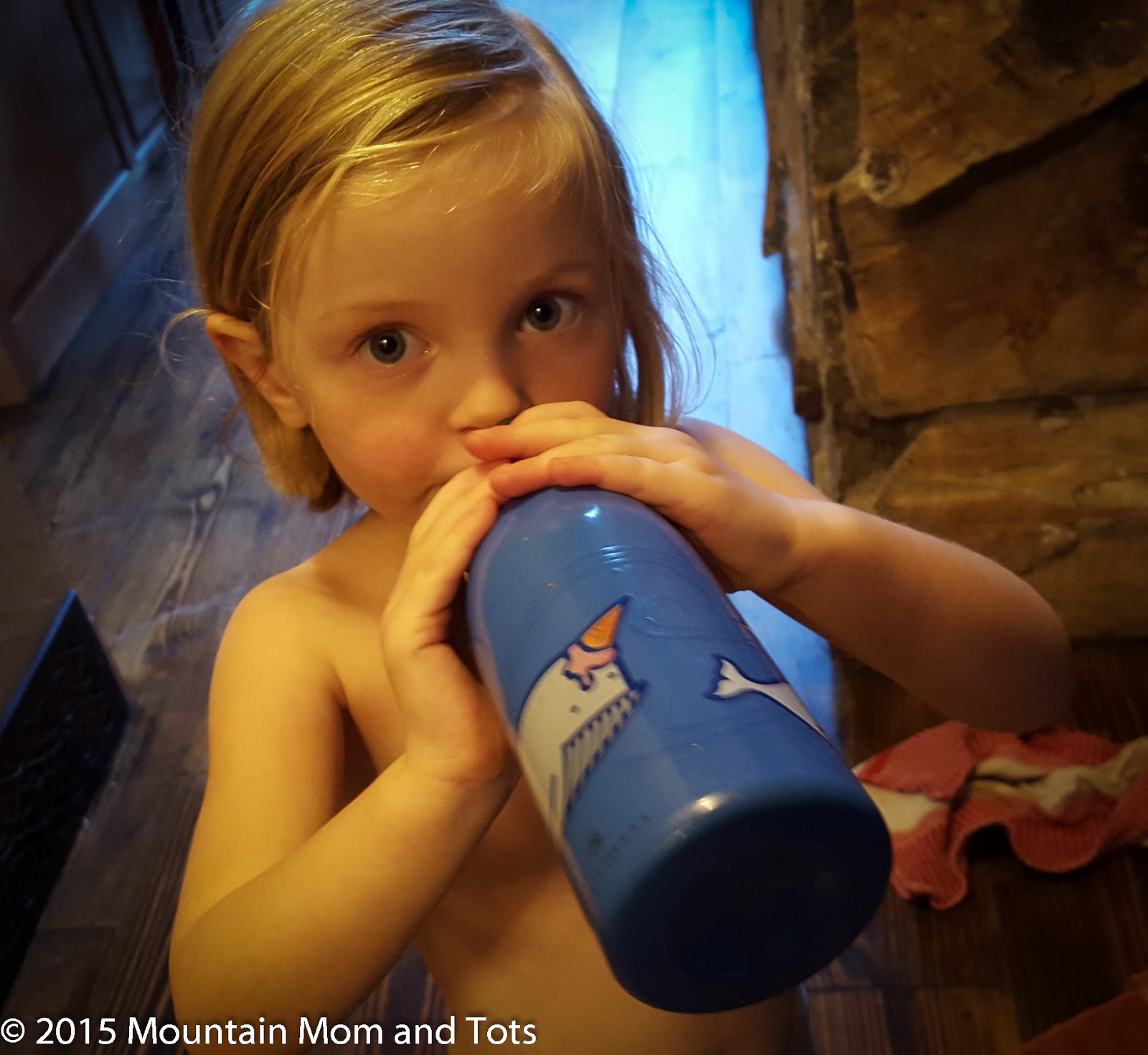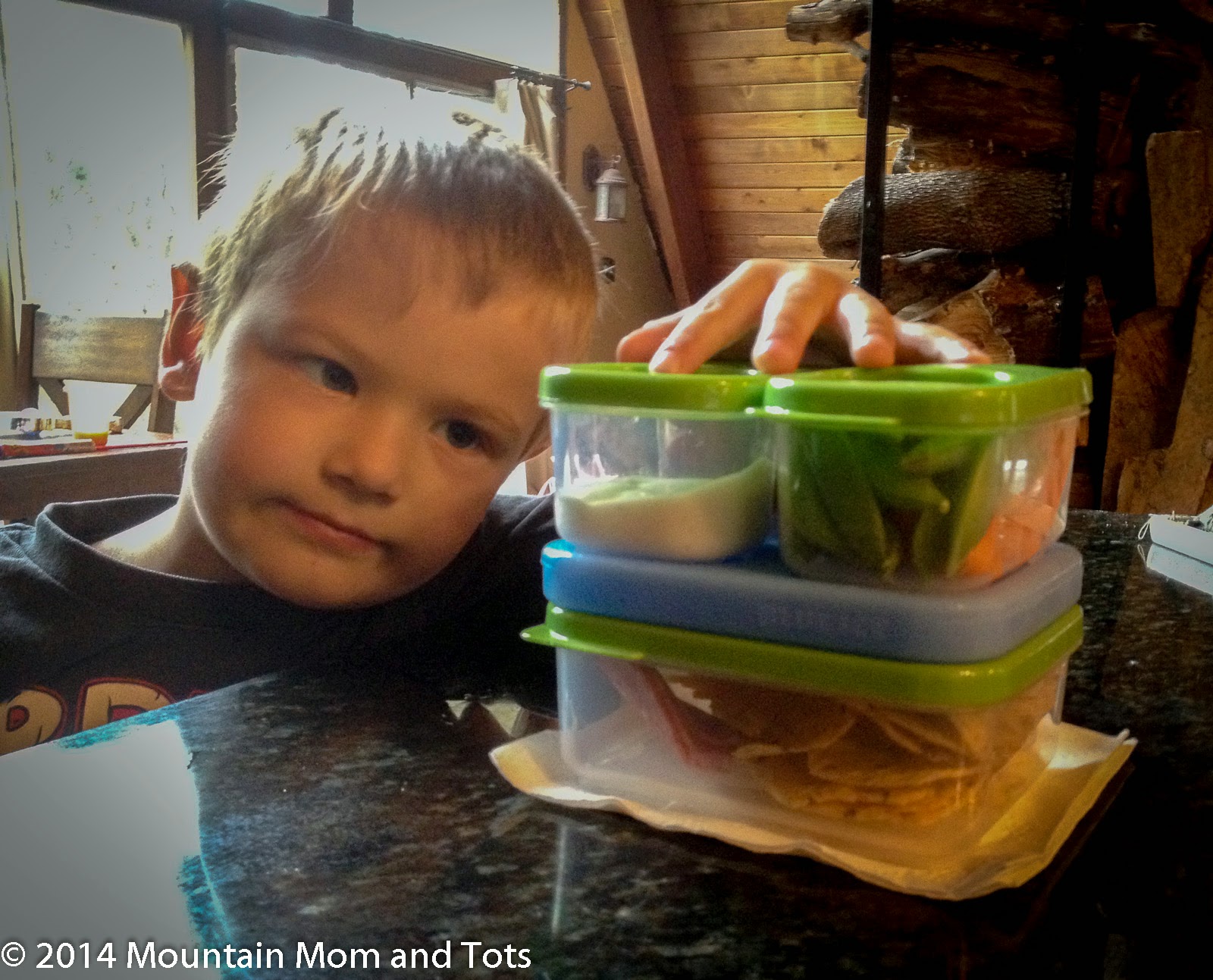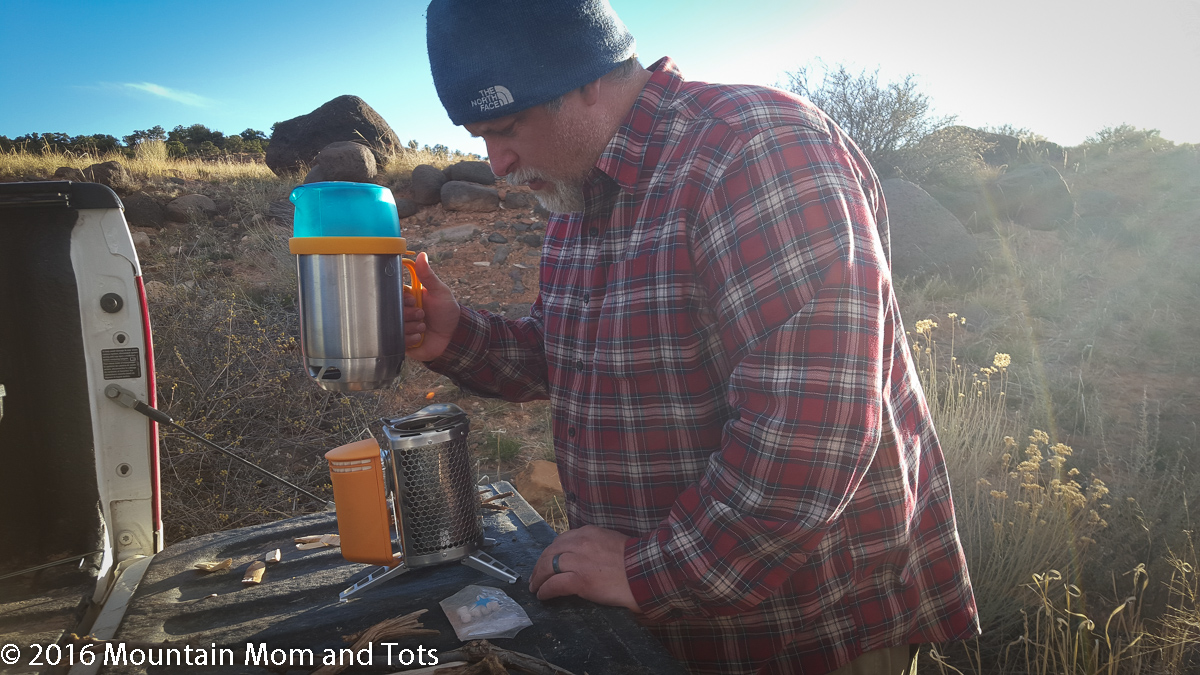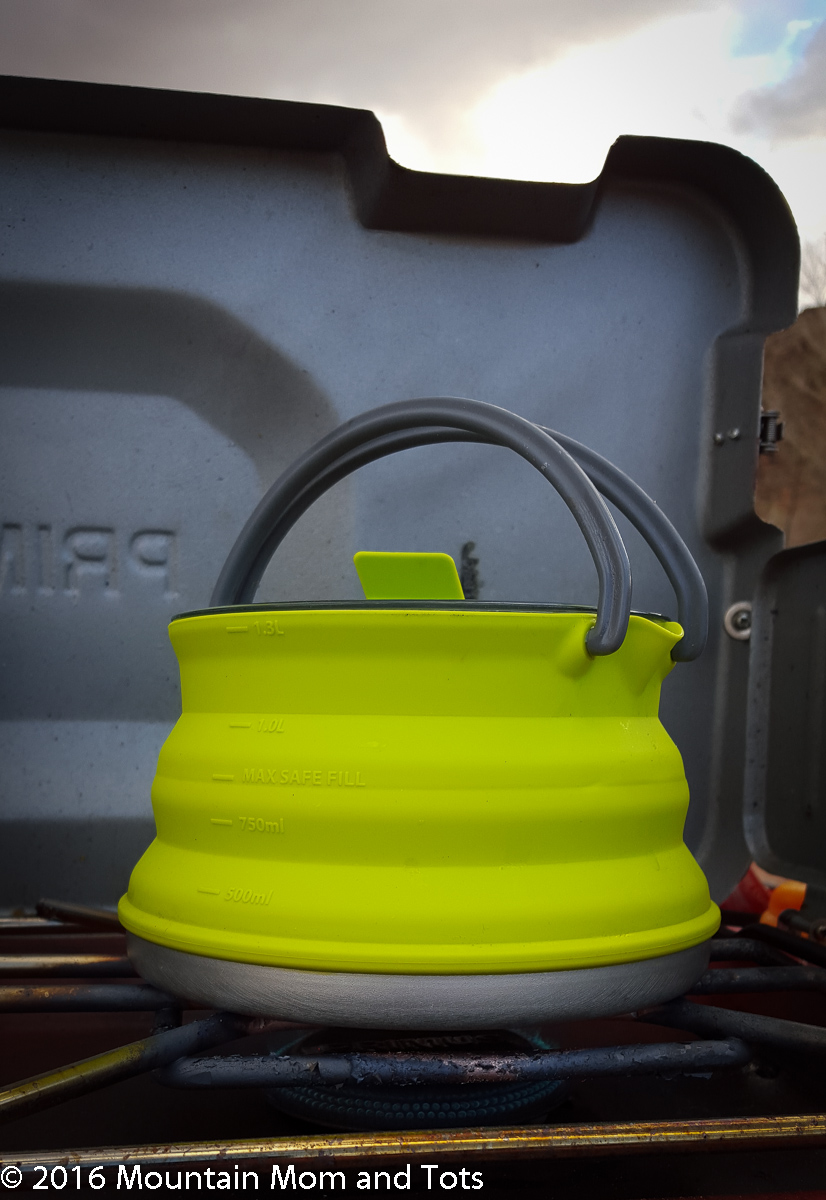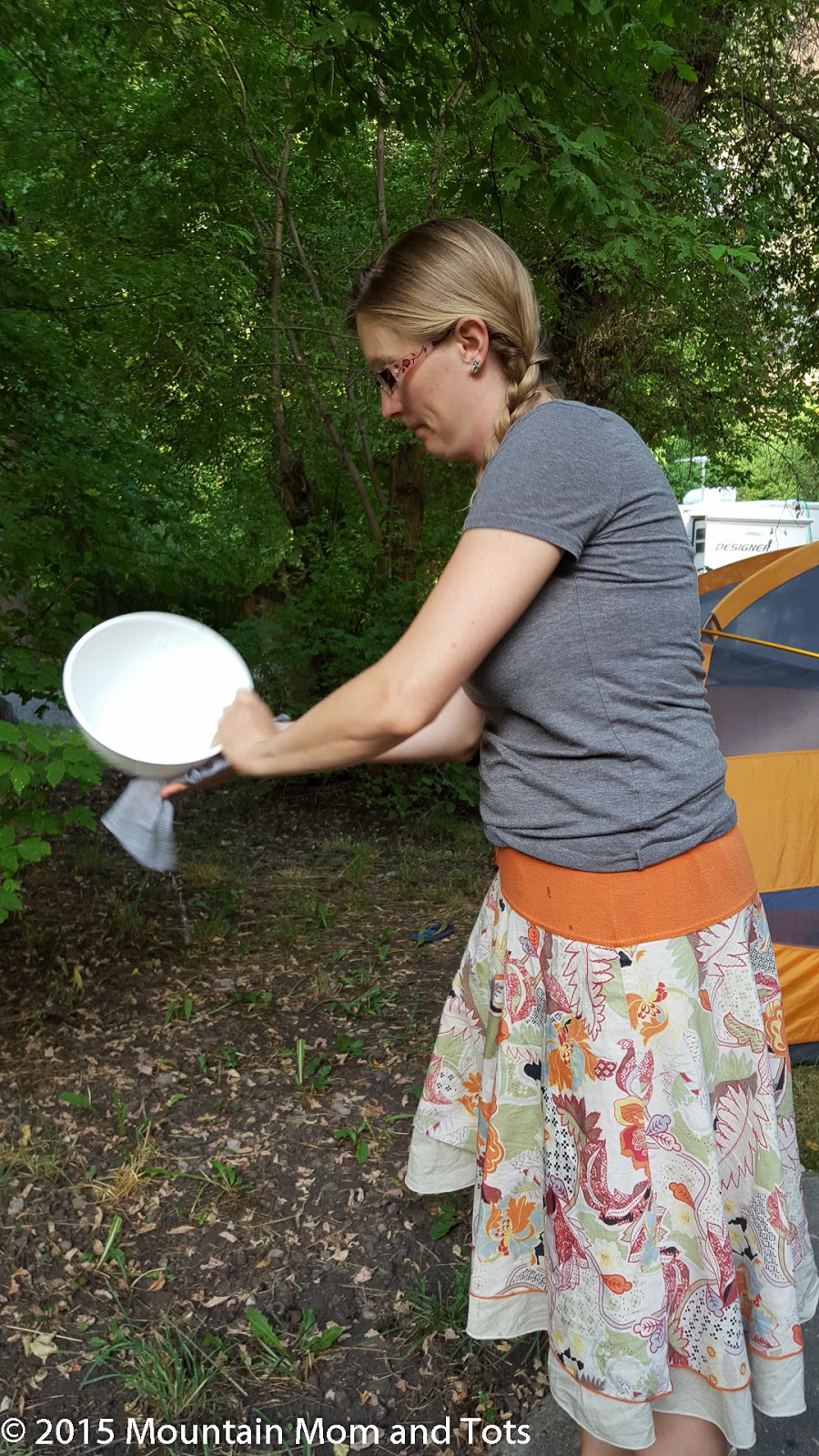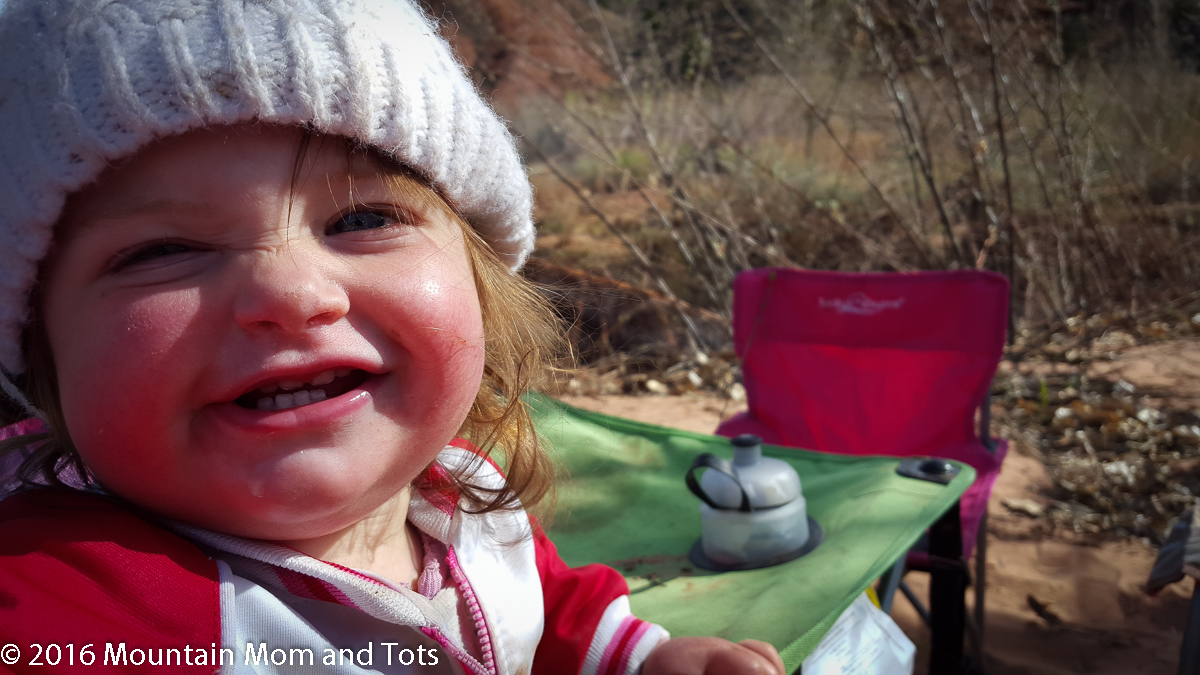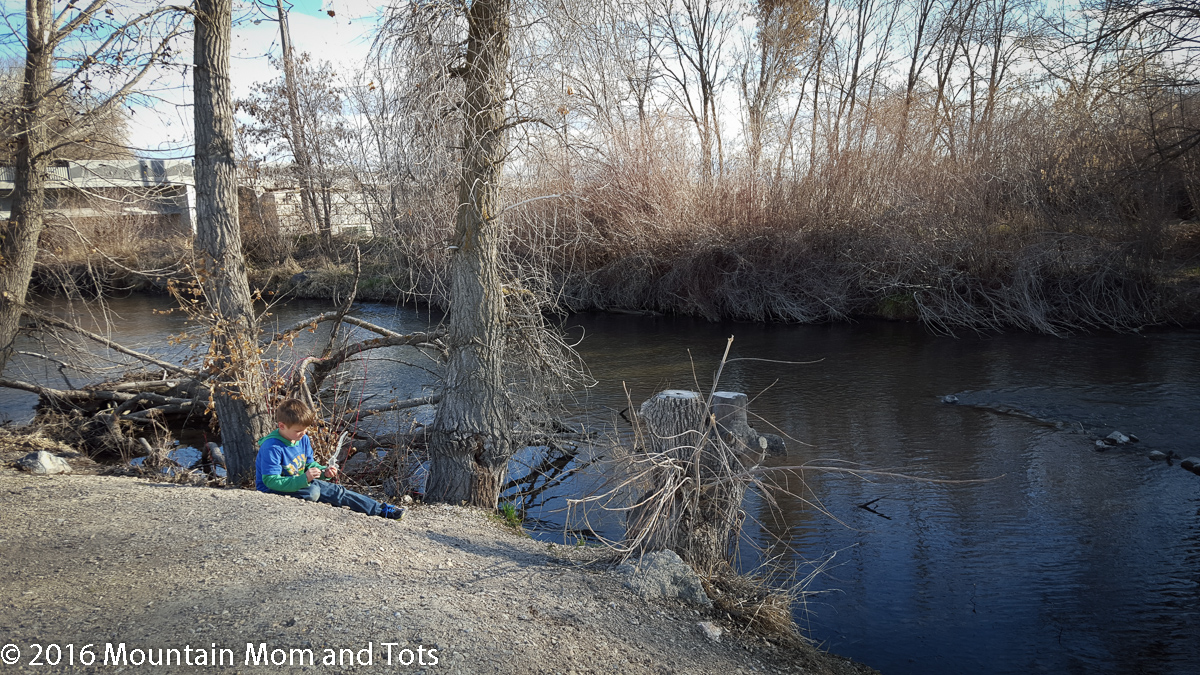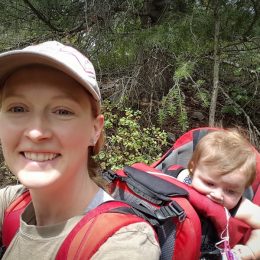Here’s another great article from Susan Strayer about keeping our wilderness trash free by making sure we do our bit. It is something we all need to be conscious of if we’re going to have a wilderness in good condition over the yers and generations to come. Here in the Outdoor Revival office we’re conscious of our responsibility to promote good practice for all that get outdoors for any activities.
Here’s what Susan has to say:
We’re not perfect no waste campers, but these top ten Zero Waste Camping tips will reduce the garbage we put in the National Park bin.
1. Refill Water Bottles – Instead of buying water bottles at gas stations along the way I refill our reusable bottles in their soda stations. At camp we set out the five gallon water container we bring from home as a water station and refill our water bottles at the spigot. Several National Parks including Zion and Grand Teton no longer sell disposable water bottles at all. Instead, they’ve installed prominent water refill stations throughout the park.
2. Pack the Pantry – Bring your food in the containers you use at home instead of buying convenience snacks and treats. A jar of Gummi Bears from the bulk section of the grocery store is just as tasty as a bag you’d buy at a gas station.
3. Be Cooler Conscious – Instead of buying ice wrapped in plastic, make your own or use reusable ice blocks. Pack meat frozen to keep it cold longer and make sure to put other food in waterproof containers. Soggy egg cartons and wet butter aren’t very appetizing.
4. No Pain Propane – Most camp stoves require propane tanks to function, but used tanks are some of the hardest waste to properly dispose of. Instead of using the green 1 lb throwaway tanks we have a small refillable propane container and a conversion kit hose. Not only does it last longer, we can refill it every time we camp.
5. Double Duty Food Prep – This BioLite Wood Burning Campstove turns wood into energy, so you make your food and charge your devices at the same time. It’s really cool. We’ll be using it on our National Park to Park Highway trip this summer.
6. Compost on the Go – If your campsite doesn’t have a critter problem try burying your food waste. Some campsites won’t allow this, but I’ve done it at primitive sites or on BLM land. Or refill an empty glass jar or food container with your compost and put it in your pile at home.
7. Wash Dishes – Bring reusable kitchen items like the Sea to Summit 3-Piece X Set dishes. Not only are they reusable, but they also pack flat and the Sea to Summit X-Pot Set is really cool. See how the bottom is metal, but the top is foldable silicone? Seriously awesome. See www.seatosummit.com for more info. I’m stoked to be using them on our National Park to Park Highway trip this summer!
8. Bandanna Like a Bad Guy – It is surprisingly convenient to keep a handkerchief or bandanna in a pocket or day pack while camping. I use it to wipe off just about anything – hands, face, table, utensils and even a kids bum. Don’t worry; I put it in the dirty laundry after that one. We used to use baby wipes and paper towels A LOT while camping, but the switch to cloth has been relatively painless.
9. Camp Towels – We like having lightweight, packable, quick dry towels like the Sea to Summit DryLite. They’re good for drying people, dishes or wet gear, plus they dry out fast. But my favorite camp towel is actually a LUNATEC Self-cleaning Travel Washcloth. They’re rough enough to scrape out food but soft enough to wash just about anything and when you’re done, you just rinse it clean.
10. Stuff Recyclables in Stuff Sacks – People often throw out easily recyclable items like drink containers because the recycling bin isn’t conveniently located. Keep those recyclables separate from your garbage, by repurposing a sleeping bag or camp chair stuff sack.
And here’s a bonus for all of you daring parents of babies:
11. Cloth Diaper – We have a bed wetting situation in our household. It is not fun as a parent (or as a child) especially when out in nature. But we’ve found that camping is just an extension of our every day life. So in addition to Baby L’s cloth diapers we have bedwetter training pants and waterproof sheet protectors that we use nightly, even when camping. It is more difficult to use cloth diapers when flush toilets and running water are limited so sometimes we go disposable, but over all I try to use cloth. Pioneers did it. So can we, but I’m bringing along a waterproof dry bag
dry bag to use as a laundry hamper.
Spending time in nature should help us think about our environmental impact, but often the stress of traveling causes more impulse buys, more convenience packaging and more waste. Since last October we’ve been trying to reduce our waste at home, so it makes sense to extend that mentality to our travels.
Now that I’m aware of the massive trash issues the National Parks has to deal with, I can’t go back to how I was before. I guess that’s how it is with all change.
Article Source
Susan Strayer, author of MountainMomandTots.com is all about getting families into nature. She lives with her husband and three young kids in the mountains near Sundance, Utah and spends her time hiking, biking, skiing and camping as much as possible.
If you have any comments then please drop us a message on our Outdoor Revival facebook page
If you have a good story to tell or blog let us know about it on our FB page, we’re also happy for article or review submissions , we’d love to hear from you.
We live in a beautiful world, get out there and enjoy it.
Outdoor Revival – Reconnecting us all to the Outdoors
